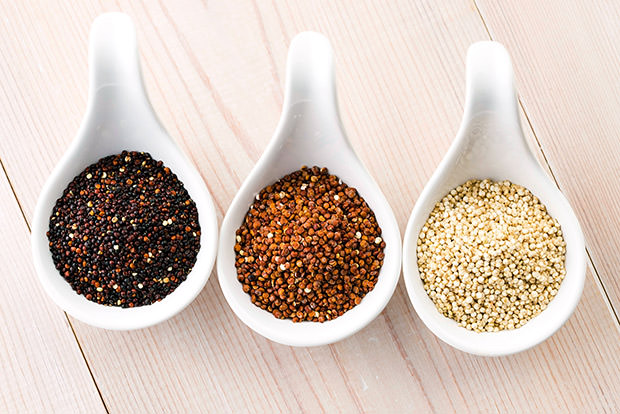
Whole grains provide lasting energy, vitamins, minerals, and fiber to keep you feeling full. If you are tired of whole wheat bread and brown rice, here are some great alternatives to try.
Amaranth
Some foods are considered whole grains from a culinary perspective but are actually seeds or fruits. Amaranth is one of these "grains" and is rich in iron, magnesium, and calcium. It also provides plenty of protein with 7 grams in ¼ cup (measured dry).
Amaranth has a distinct, almost grassy, flavor. You might prefer it when added to a mixture of other grains instead of eating it alone. The whole form can be cooked and eaten as a hot breakfast cereal. Wheat flour can be substituted with amaranth flour in baked goods, such as muffins.
Barley
Barley comes in several forms, but choose hulled barley to ensure you eat the whole grain with the most nutrients. It is loaded with fiber and is a very good source of selenium. Scotch barley and pearled barley are more refined forms of the grain and contain fewer nutrients.
Barley has a chewy texture and can replace your morning oatmeal. Use hulled barley instead of Arborio rice for a whole grain risotto, or add it to soups and stews for texture and extra fiber.
Black Rice
Black rice is often called "forbidden rice" due to its status as a food of royalty in Chinese legend. As its purplish-black color indicates, it is full of antioxidants, specifically anthocyanin.
Look for “whole black rice” since some varieties are not whole grains. Serve black rice as a side dish for roasted vegetables or meat, or make it into a rice pudding for dessert.
Buckwheat
Much like amaranth, buckwheat is the fruit of a plant. Treated as a grain for culinary purposes, it can be found in the form of buckwheat groats or flour. Buckwheat is an excellent source of magnesium and fiber.
When the groat is roasted, it is called kasha and can be eaten as porridge. You can incorporate buckwheat flour into baked goods and use it to make pancakes and crepes. Japanese soba noodles are also made with buckwheat.
Israeli Couscous
Couscous is a small, round pasta, not a grain. Israeli couscous, also known as ptitim, is similar to standard couscous but is larger and resembles a small pearl. Israeli couscous is most often made with refined white flour, but whole wheat Israeli couscous is a fun whole-grain option.
Whole wheat Israeli couscous has a pleasant nutty flavor and makes delicious hot or cold pasta salads. Dice fresh vegetables like carrots and green onions, add black olives, and toss with a vinaigrette dressing.
Millet
Yes, millet can be found in bird feed, but that doesn’t mean you can’t benefit from eating it too. Colors vary, but much of the millet available for cooking is a small, round, yellow grain. There are 3 grams of protein per half cup, and millet is a good source of the B vitamin niacin.
The final texture of millet depends on the cooking process. If left undisturbed during cooking, it will turn fluffy and maintain a grainy texture; if stirred, it will become creamy like mashed potatoes. Serve millet with beans for a protein-rich dinner, or mix it with raisins and honey for a whole-grain breakfast.
Quinoa
Quinoa is also a seed and can be found in various colors, but tan and red quinoa are most commonly available. Unlike other grains, quinoa contains all nine essential amino acids, making it an ideal part of a meatless meal.
Quinoa cooks to a fluffy consistency with a seed-like crunch and a nutty flavor. It makes a good substitute for rice and pairs nicely with sautéed greens. With cinnamon, honey, and milk, it becomes a filling breakfast. Cooked quinoa can also be incorporated into vegetarian, grain-based burgers.
Spelt
Spelt is a whole grain closely related to wheat. It is an excellent source of manganese and a good source of niacin, protein, and fiber. Spelt is becoming more readily available in packaged foods, such as spelt breads and spelt pasta.
When using the grain in your cooking, remember that whole spelt berries must be soaked in water for eight hours before cooking. Spelt flour is also a good substitute for wheat flour in bread and pizza dough.
Teff
A cereal crop from Ethiopia, teff is most often found as flour. In Ethiopia, it is fermented and used to make a flatbread called injera. Teff stands out among other grains because of its calcium content. There are 174 mg in a half cup (measured uncooked).
It is referred to as the world’s smallest grain and does not undergo the processing that removes so many of the valuable nutrients in refined grains. The flour can be added to various baked goods, including cookies, breads, and cakes.
Wheat berries
The wheat berry contains the wheat kernel's bran, germ, and endosperm. Unlike refined flour, it retains many nutrients like fiber, protein, and iron.
Once cooled after cooking, wheat berries can be turned into delicious cold-grain salads. Toss them with shredded vegetables like carrots, cucumbers, and summer squash. Dress the salad with lemon juice, a sprinkle of smoked paprika or cumin, and a pinch of sea salt.
Gluten-Free Options
If you require gluten-free grains, amaranth, buckwheat, rice, millet, quinoa, and teff are all gluten-free (according to the Whole Grains Council). Check labels carefully when shopping. Gluten-free grains are sometimes processed in facilities with other grains, causing cross-contamination with gluten.
Where to Buy
Many of these grains are becoming more readily available in grocery stores, but health food stores, international markets, and online shops are also good sources. For the most affordable options, seek out the bulk bins in the health food section or find an international market in your area specializing in Indian or Asian foods.



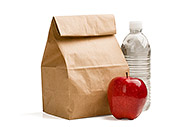 3 Healthy Lunches for Your Work Week
3 Healthy Lunches for Your Work Week
 5 Tips for Stretching Your Budget for Healthy Food
5 Tips for Stretching Your Budget for Healthy Food
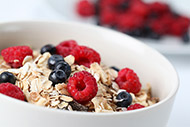 Best Ways to Reduce Added Sugar
Best Ways to Reduce Added Sugar
 Healthy Tips to Lighten Up Picnic Foods
Healthy Tips to Lighten Up Picnic Foods
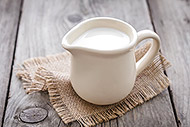 Do You Need to Drink Milk?
Do You Need to Drink Milk?
 Tips to Keep Track of Water Intake
Tips to Keep Track of Water Intake
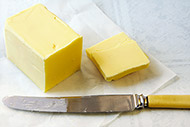 Butter vs. Margarine: What’s the Best Choice?
Butter vs. Margarine: What’s the Best Choice?
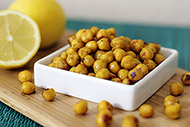 7 Good Mood Foods
7 Good Mood Foods
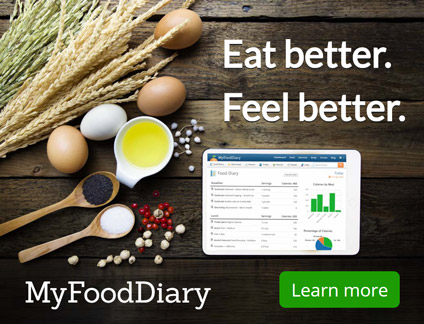
 Pinterest
Pinterest RSS Feed
RSS Feed